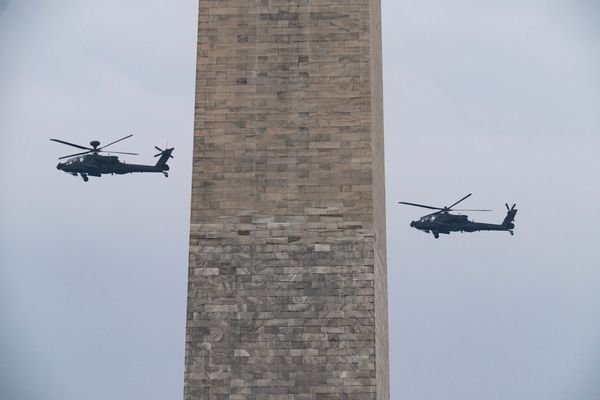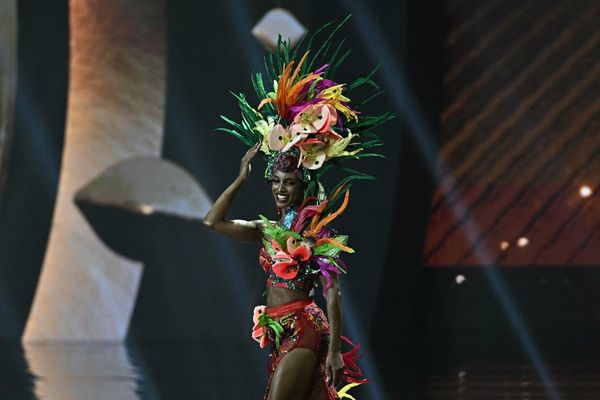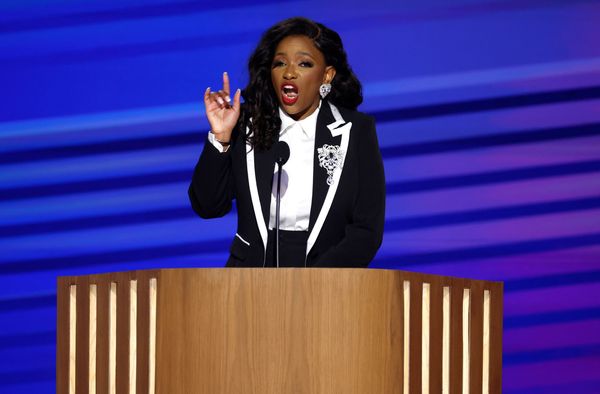India and the US are on the cusp of finalising an interim trade deal ahead of the 9 July deadline to avert punitive tariffs from Donald Trump – a high-stakes agreement that could remove emerging irritants in the New Delhi-Washington relationship if successful.
The US president has repeatedly teased a “big, beautiful” trade deal with India after slapping it with a 26 per cent tariff rate earlier this year.
India is banking on a potential deal with its largest trading partner to boost bilateral trade from $190bn to $500bn by 2030.
The two nations are racing to clinch a deal, which would be Washington’s first with a major trading partner after the UK.
Cracking a timely deal seems crucial not only to remove hurdles in trade but also to ease diplomatic tension between Mr Trump and his Indian counterpart Narendra Modi. Their once warm relationship has appeared frosty since the president claimed credit for getting India and Pakistan to reach a ceasefire following a brief military confrontation in May.
Although Mr Modi’s government has sought to project warm ties with Mr Trump, New Delhi has publicly objected to his claim that he used the lure of trade deals with India and Pakistan to get a truce deal through.
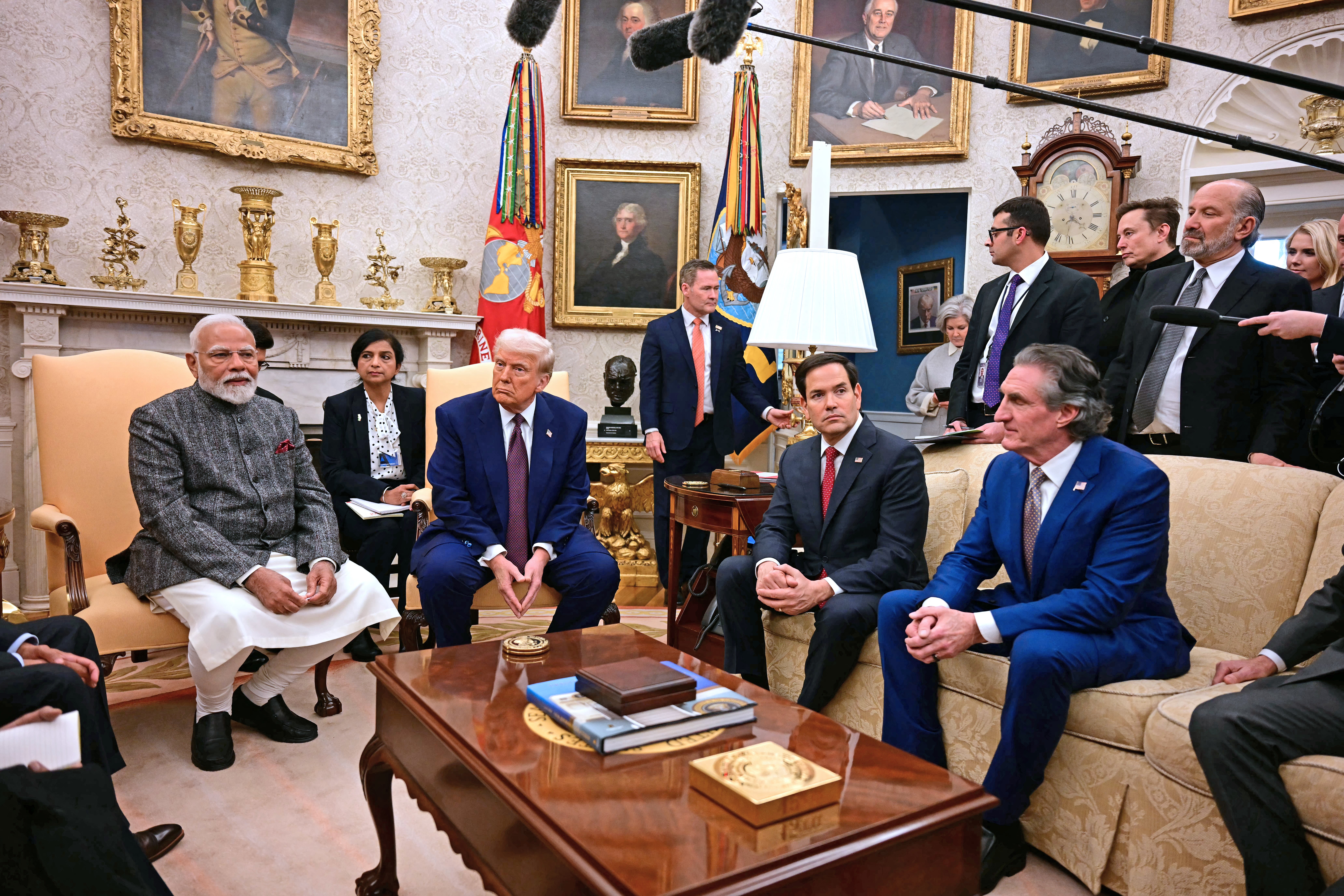
What is driving the deal?
The US is India’s largest trading partner.
But after taking office for his second term in January, Mr Trump branded India a "tariff king" and a "big abuser" of trade ties with the US. In April, he imposed a 26 per cent tariff on Indian goods. Although steep, the levy was lower than the total 104 per cent imposed on China, 49 per cent on Cambodia, and 46 per cent on Vietnam.
The new levy followed earlier tariff hikes, including a 50 per cent duty on Indian steel and aluminium, prompting New Delhi to seek exemptions and concessions.
In the latest statement on the topic, White House press secretary Karoline Leavitt reaffirmed Mr Trump’s claim that a deal with India was near completion.
“Yes, the president said that last week, and it remains true. I just spoke to our secretary of commerce about it. He was in the Oval Office with the president," she said. “They are finalising these agreements and you will hear from the president and his trade team very soon when it comes to India.”
Her statement came a day after the Indian side signalled “very big red lines” on protections for its farming and dairy sectors but said they would “love to have an agreement, a big, good, beautiful one”.
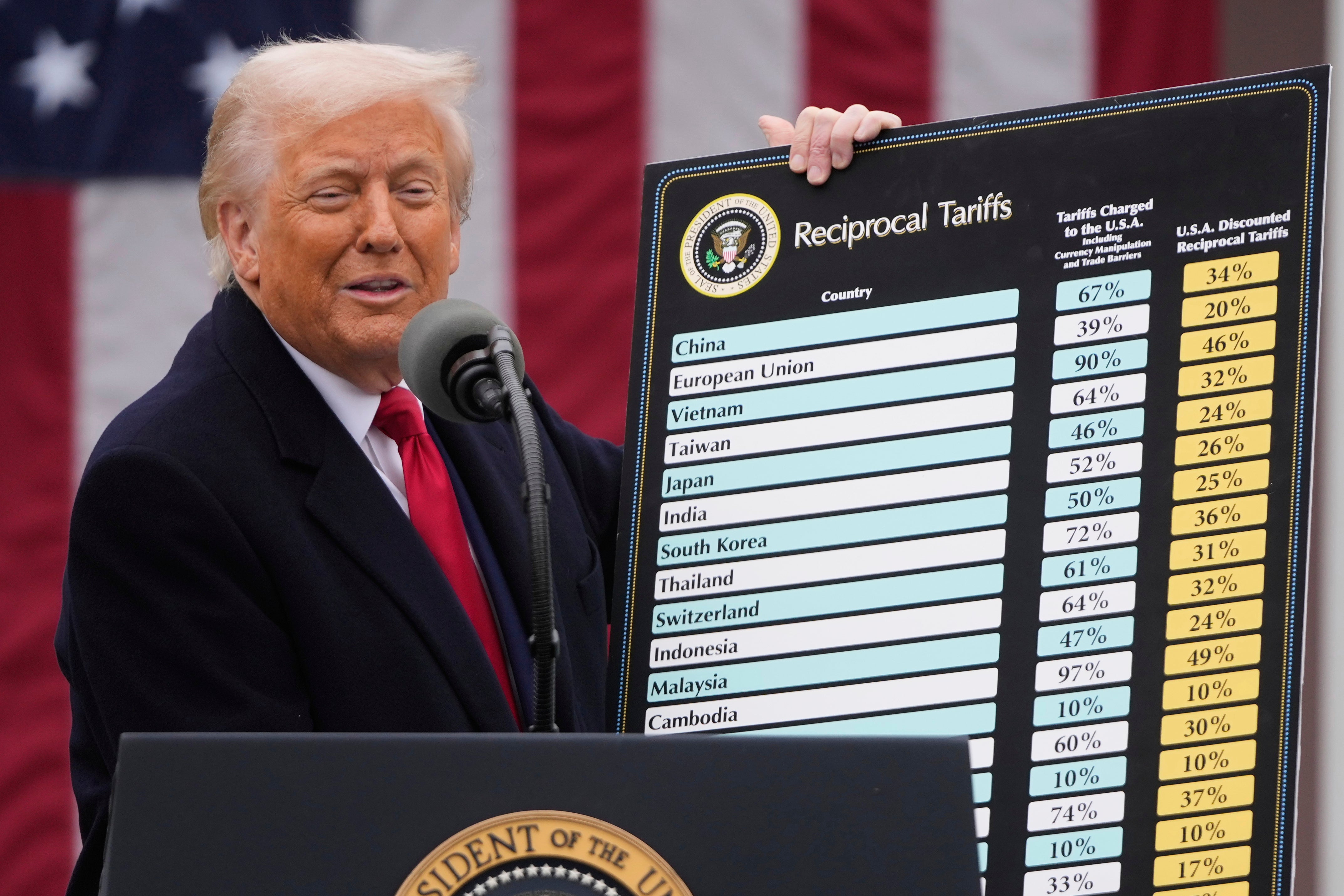
What are the sticking points?
The talks started in earnest but early optimism about reaching a deal faded after the negotiations stalled on disagreements over US tariffs on auto components, steel and agricultural goods.
Mr Trump earlier said the “very big” trade deal would “open up India”. He later added that his administration was “looking to get a full barrier dropping, which is unthinkable”.
Agriculture is a sensitive topic for India. The sector employs more than 80 million people who would be prepared to take to the streets in protest if a deal was perceived to be detrimental to their interests.
India has so far managed to shield its farmers from foreign competition by imposing heavy import tariffs up to 150 per cent.
Aside from hurting farmers economically, opening up agriculture to foreign players would be a political problem for the Modi government which had to deal with nationwide protests after it passed a set of agrarian reform laws in 2020. It was forced to withdraw the laws in the face of growing anger among farmers.
The American side is pushing for greater access to the Indian agricultural and dairy markets, especially for genetically modified crops like maize, soybean and corn crops, as well as cattle feed, dairy products, apples, almonds, and walnuts.
India has never liberalised dairy in any trade deals, including the one with the EU.
“Agriculture and dairy have been among the very big red lines, where a high degree of caution has been exercised,” Indian finance minister Nirmala Sitharaman said this week.
While the previous administration of president Joe Biden secured greater access for specialty agricultural products such as nuts and cranberries, India would remain cautious about any deal that could undermine its farmers.
It remains to be seen whether India is willing to ease trade protections on dairy, almonds, pistachios, walnuts, soybean, and other agricultural products and whether the US will ease tariffs on Indian steel and car parts.
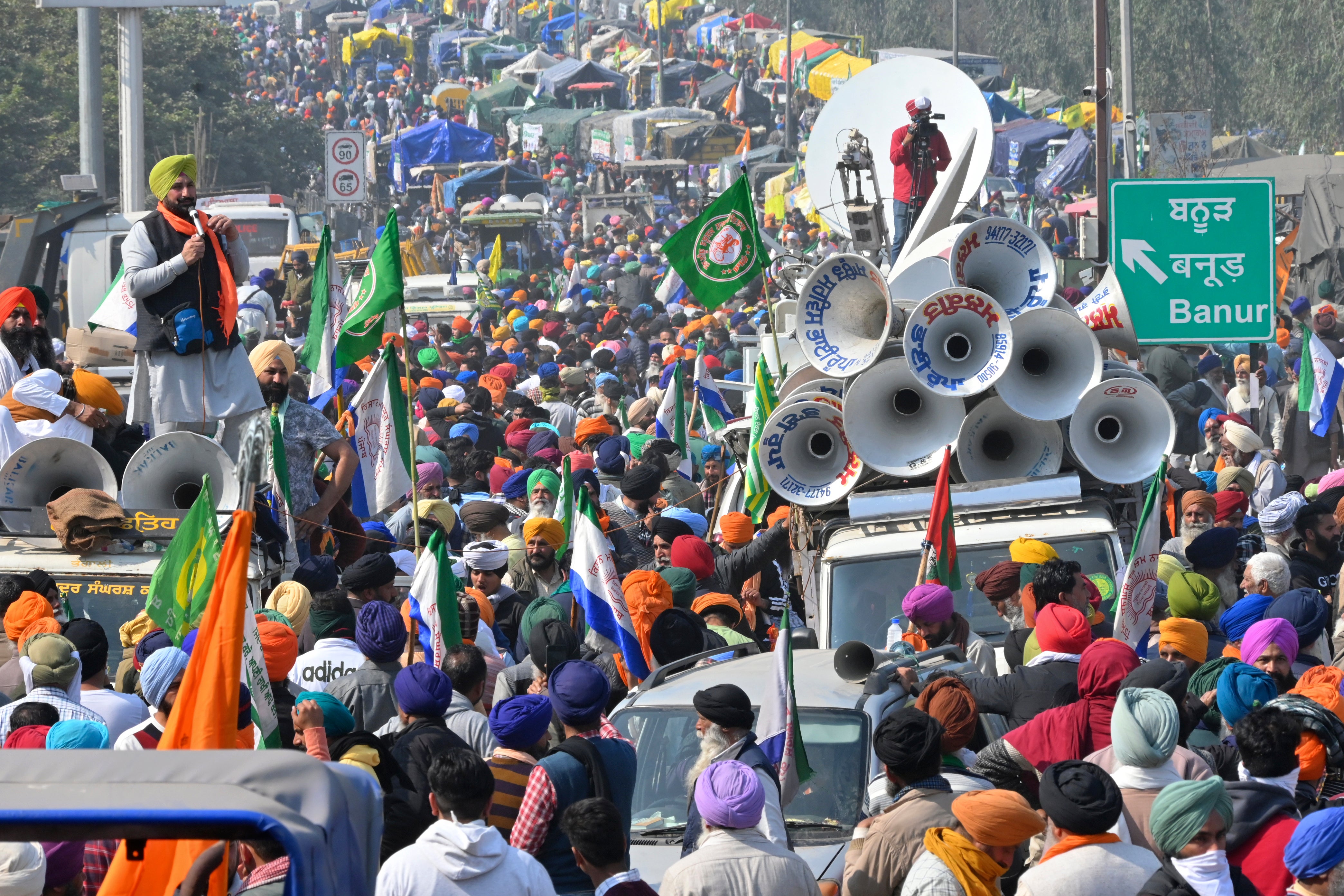
India, a majority Hindu nation with religious sensitivities around cow and its byproducts, is not likely to allow the import of beef. A deal on dairy will be a heavy lift and may remain elusive.
Beyond the levies, the US has been pushing for largescale Indian purchases of American oil, LNG, Boeing aircraft, helicopters and nuclear reactors to sway the country away from foreign exporters like Russia and France.
Washington may also seek relaxed foreign direct investment rules in multi-brand retail benefiting companies like Amazon and Walmart as well as eased regulations on remanufactured goods.
India, on its part, may commit to increasing the imports of US energy products and defence equipment to address the trade deficit, leveraging its low dependence on merchandise exports as a bargaining chip.
Sources familiar with the ongoing talks told the Financial Times that a deal was likely and it would spare Indian agriculture and dairy sectors from US tariffs.
Another source said New Delhi had agreed to import American farm goods such as nuts and fruits.
What is next?
The proposed Bilateral Trade Agreement is structured in phases, with an interim "mini-deal" targeted for completion before 9 July, followed by a comprehensive agreement by fall 2025.
Indian foreign minister S Jaishankar, who is in the US on Tuesday for the Quad foreign minister’s meeting, said they were hopeful of a successful conclusion but hesitated to offer a guarantee.
"We are in the middle, hopefully more than the middle, of a very intricate trade negotiation. Obviously, my hope would be that we bring it to a successful conclusion, I cannot guarantee, because there's another party to that discussion, but no question," he told Newsweek.
"I believe it's possible, and I think we'll have to watch this space for the next few days.”
Mr Jaishankar will have a bilateral meeting with his US counterpart Marco Rubio and is likely to review progress on the trade deal.
Speaking at an event in New York on Monday, Ms Jaishankar addressed India’s ties with the US by saying "relationships will never be free of issues". "What matters is the ability to deal with it and to keep that trend going in the positive direction," he added.
Richard Rossow, an India expert at Washington's Center for Strategic and International Studies, said Mr Trump's approach to India on trade and security interests had been "clumsy”, but long-term strategic and commercial reasons for deeper cooperation remained largely unchanged.
"So, the chances of further cooperation remain viable, even if the mood is less conducive," Mr Rossow said.
He pointed at the slow pace of staffing senior roles critical to managing day-to-day US dealings with India, with no ambassador nominated and state and defence department positions also unfilled.
Indian state proposes seven-year jail term for spreading ‘fake news’
Three devotees killed and over 50 injured in crowd crush at India chariot festival
Bangladesh reels after rape of Hindu woman filmed and shared online
Pilots suspended after Air India flight struggles during takeoff after AI171 crash
Two dead and seven missing after cloudburst triggers landslide in Indian Himalayas
Why religious groups are up in arms over Zumba classes in Indian schools
